One of the most dreaded situations during the sweltering summer months is discovering your air conditioner blowing hot air into your home. This frustrating experience can leave you wondering what went wrong and how to fix it without losing your cool—literally and figuratively. Tackling the issue of how to fix an AC blowing hot air in house is crucial, not only for comfort but also to maintain energy efficiency and avoid costly repairs.
Understanding the Issue: Why Is My AC Blowing Hot Air?
Before diving into solutions, it’s important to understand the different reasons behind an AC unit emitting hot air. Here are some common causes:
- Thermostat Settings: An incorrect setting on your thermostat is often an overlooked culprit. It’s easy to mistakenly set it to the heating mode instead of cooling.
- Dirty Air Filters: Clogged filters restrict airflow and can overwork the system, leading to suboptimal performance and heating issues.
- Refrigerant Leaks: Low refrigerant levels due to leaks may compromise the unit’s ability to cool air, resulting in hot air circulation.
- Outdoor Unit Issues: Debris or dirt affecting the condenser’s ability to dissipate heat could cause warm air indoors.
Identifying these root causes early aids in effective troubleshooting, allowing you a more targeted approach to fixing your AC unit.
Thermostat Troubles and Settings
If you’re puzzled by “Should I turn my AC off if it’s blowing hot air?”, the answer isn’t always straightforward. A faulty thermostat can lead to warmer airflow. Begin with:
- Checking Temperature Settings: Ensure that the thermostat is set to “cool” and not to “heat” or “off”.
- Test the Thermostat: Turn settings down significantly to prompt a reaction. This simple test discerns if the issue lies within the thermostat itself.
Emergency AC repair services from experts can be contacted when thermostat recalibration is needed.
Addressing Mechanical Issues Within the Unit
The next step in resolving how to fix an AC blowing hot air in house often involves tackling mechanical woes inside your unit.
Dirty Filters: The Silent Culprit
When was the last time you checked your AC filters? If dust build-up clogs your filter, this might be why your AC isn’t blowing cold air:
- Change Regularly: Every one to three months, replace filters to maintain optimal airflow and cooling efficiency.
- Upgrade Your Filters: High-efficiency particulate air (HEPA) filters provide better air quality and require less frequent changes.
A timely filter change may save you a trip from services offering Air Conditioning Repair Service.
Refrigerant Levels: Checking and Balancing
An AC unit’s lifeline is its refrigerant; low levels are not conducive to cooling. Assess and correct these by:
- Detecting Leaks: Look for icy coils or hissing sounds indicative of leaks.
- Recharging Refrigerant: Ensure professional intervention to safely recharge or refill refrigerants, preventing further system damage.
For professional troubleshooting, consider contacting experts; you can gain insightful knowledge from our post on “Refrigerant Leak in Your Central Air Conditioning Unit”.
The Role of External Elements: Outdoor Unit Maintenance
The efficiency of your AC unit heavily depends on its outdoor component. Issues such as blockage around a condenser or fan failures can instigate problems like warm airflow indoors.
Keeping Outdoor Components Pristine
Understanding “How do I fix my AC not blowing cold air in my house?” can often involve simple maintenance outside the home:
- Remove Debris: Routinely clear leaves or dirt around your unit to facilitate unobstructed heat dissipation.
- Inspect Fan Operations: Ensure the fans are moving correctly; wear and tear might necessitate part replacements.
This proactive maintenance approach saves you hassles and expenditure, ensuring your AC is not only operational but efficient—read more on related practices via our extensive guide on Air Conditioning Maintenance.
Considering Electrical Challenges
A less frequent, yet plausible scenario involves electrical glitches. Herein lie a few strategies for mitigating these:
- Circuit Breaker Checks: Ensure that your AC unit’s breaker hasn’t tripped, causing inattentive cycling.
- Wire Examination: Look for signs of damage or burning, which demand immediate, professional repair.
If your expertise doesn’t lie in electrical systems, reach out for professional help to avert potential hazards. Find further assistance by exploring our emergency repair services here.
Strategic HVAC System Upgrades and Renovations
An outdated system might mean persistent inefficiencies leading to heating issues. Consider a thorough system evaluation for potentially better remedies.
Modernizing Components for Greater Efficiency
There’s wisdom in preemptive upgrades. Evaluate what might enhance performance:
- System Replacement: Particularly for models over 10-15 years old, upgrading might reduce future costs associated with frequent repairs and inefficiencies.
- <Duct Innovations: Reinventing how air travels through your home could solve persistent temperature issues.
Strategic installations showcase energy savings, improved air quality, and comfortable climates—discover more in our blog on Benefits of AC Installation.https://www.youtube.com/embed/ZY-ERP5qR6c
FAQ: Exploring Common Queries About AC Systems
Why is my AC not cooling even after filter replacement?
Your cooling issue might persist due to inadequate refrigerant levels or a malfunctioning thermostat—diagnoses necessitated by professional evaluations as covered in-depth earlier.
Should I turn my AC off if it’s only emitting hot air?
If continuous operation doesn’t induce cool air after brief wait times, switching off might prevent further mechanical strain until addressed professionally.
For more insights on AC operational best practices, consider our update on Air Conditioning Repair Service.
DIY Fixes: Immediate Steps You Can Take
In some cases, addressing the challenge of how to fix AC blowing hot air in house can involve straightforward DIY interventions. Here are some practical steps you can take before calling a professional:
Inspect the Air Vents
It’s surprisingly common for furniture or drapes to block air vents, drastically reducing airflow. Ensure that:
- Vents Are Unobstructed: Make sure no items are blocking any return or supply vents throughout the house.
- Adjustable Louvers Are Open: Check that the louvers on vent covers are open to allow air passage.
Clean vents will help maximize airflow and ensure even distribution of cooled air across all rooms. For a comprehensive look at air duct cleaning, check out our post here.
Inspect for Ice Build-Up on Coils
If your evaporator coil freezes up, it can lead to warm airflow. To rectify this:
- Turn Off the AC: Allow the ice to melt by turning off the AC and switching to fan mode for a faster defrost.
- Check the Air Filter: Ensure it’s clean to prevent reoccurrence.
This ice accumulation might stem from airflow restrictions within the system. Managing this DIY step saves time and stresses potential underlying issues.
When to Call in Professional Help
While numerous AC problems can be resolved through DIY methods, more complex issues like electrical or refrigerant problems necessitate a professional’s touch to handle safely and effectively.
Advanced Diagnostics and Solutions
If your troubleshooting efforts have not resolved the issue, or if the same problem recurs frequently, it’s time to contact a professional HVAC technician. Consider the following situations:
- Persistent Refrigerant Issues: Continued refrigerant issues despite recent servicing are a sign of larger underlying problems.
- Electrical Shorts or Power Interruptions: Only trained professionals should handle such dangerous conditions.
Ensure you’re reaching out to trusted professionals who are proficient in diagnosing advanced issues. Visit our page on Emergency AC Repair Services for trusted solutions.
Preventive Measures for Lasting Comfort
Preventive measures play a crucial role in ensuring your HVAC system remains in good working condition all year round.
Regular HVAC Maintenance
The road to fewer breakdowns and improved efficiency lies in a good maintenance routine. Consider implementing:
- Biannual Check-ups: Regular inspections by certified technicians ensure longevity and performance reliability.
- Annual Duct Cleaning: Prevents buildup of dust and allergens, making your unit run smoother.
Learn more about mastering maintenance from our guide on Air Conditioning Maintenance.
A Forward-Looking Approach: Embracing Innovation
As technology evolves, upgrading the technological aspect of your HVAC unit can enhance comfort and efficiency.
Smart Thermostats
A smart thermostat offers a modern-age solution with personalized cooling schedules and increased energy savings:
- Remote Temperature Controls: Adjust settings from your smartphone to align with your lifestyle and seasonal changes.
- Efficiency Reports: Gain insights into energy use, facilitating better management and reduced costs.
Interested in the latest HVAC innovations? Delve deeper with insights shared in our article on Best Air Conditioning System 2024.
Addressing Air Quality Concerns
Your home’s air quality is intrinsic to comfort. Addressing this can mean incorporating air purifiers into your ecosystem:
- Enhanced Air Filtration: Improving filter quality reduces indoor allergen levels and complements AC systems.
- Integration Options: Choose between portable models or whole-house units directly connected to your HVAC system.
You can discover more about air quality solutions and purification options on our post for Improved Home Air Quality.
Addressing these aspects strategically not only shields homeowners from unexpected discomfort but also enhances system efficiency and longer-term satisfaction. Consider scheduling a professional consultation today to navigate these enhancements with our expert team now accessible here.

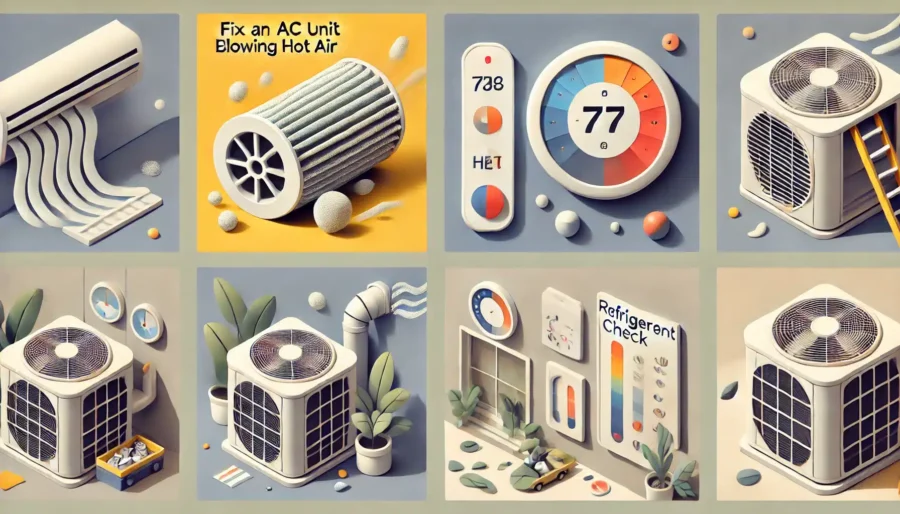
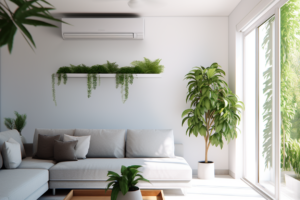
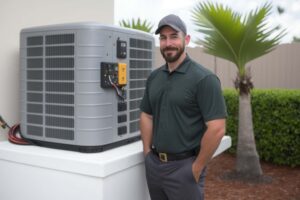
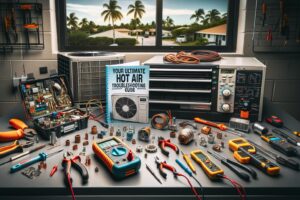
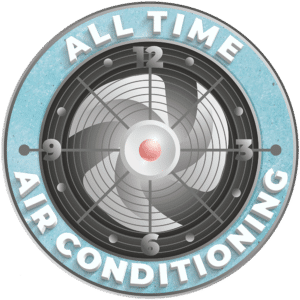



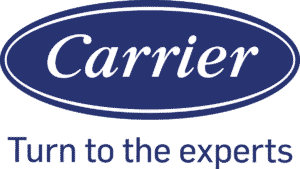
Leave a Reply
Your email is safe with us.